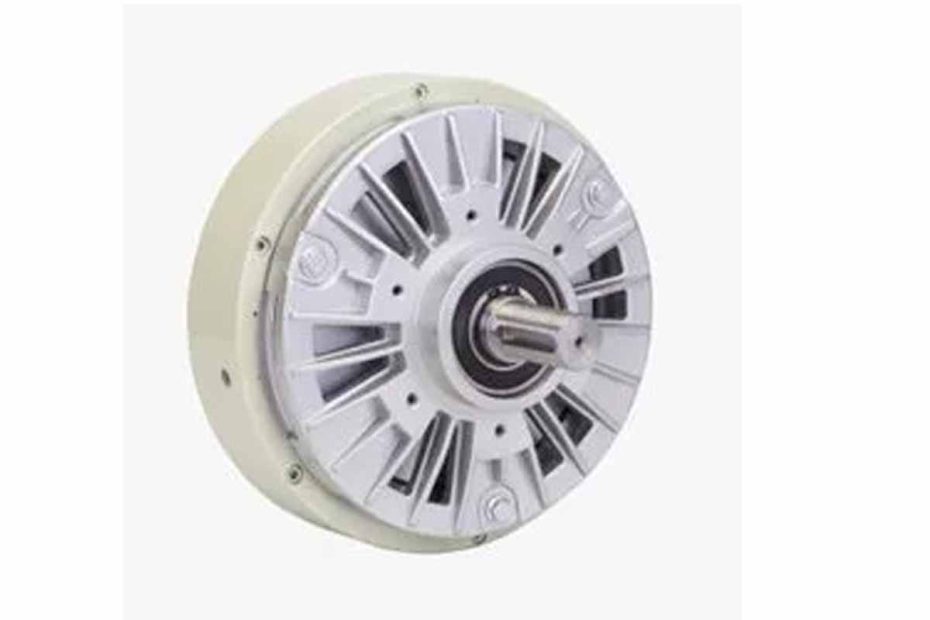In the realm of automation and control systems, the quest for precise motion control and efficient energy dissipation has led to the adoption of various braking technologies. Among these, magnetic particle brakes stand out for their versatility and reliability.
Magnetic particle brakes operate on the principle of magnetorheology, where the viscosity of a magnetic fluid changes in response to an applied magnetic field. This unique characteristic allows for precise and smooth torque control without mechanical contact. When the brake is engaged, an electromagnetic field is applied to the brake rotor, causing the magnetic particles in the fluid to align and create resistance. By varying the strength of the magnetic field, the braking torque can be adjusted in real-time, offering precise control over rotational speed and torque.
Top 4 Benefits of Magnetic Particle Brakes

- Precise Control: Magnetic particle brakes provide highly precise torque control, making them ideal for applications requiring accurate positioning and speed regulation.
- Smooth Operation: Unlike traditional friction brakes, magnetic particle brakes operate without mechanical contact, resulting in smooth and quiet braking performance.
- Maintenance-Free: With no wearing parts or contact surfaces, magnetic particle brakes require minimal maintenance, reducing downtime and operational costs.
- High Torque Density: Despite their compact size, magnetic particle brakes can deliver high torque levels, allowing for efficient energy dissipation in a small footprint.
Integration into Automation Systems
The seamless integration of magnetic particle brakes into automation systems requires careful consideration of several factors:
1. Compatibility with Control Interfaces
Magnetic particle brakes can be easily interfaced with various control systems, including PLCs (Programmable Logic Controllers) and motion controllers. By utilizing standard communication protocols such as Modbus or Ethernet/IP, integration into existing automation architectures becomes straightforward.
2. Dynamic Torque Control
One of the key advantages of magnetic particle brakes is their ability to provide dynamic torque control. This feature enables precise modulation of braking force based on real-time feedback from sensors, ensuring optimal performance in changing operating conditions.
3. Safety Considerations
When integrating magnetic particle brakes into automation systems, safety must be a primary concern. Proper risk assessments should be conducted to identify potential hazards and implement appropriate safety measures, such as emergency stop circuits and fault detection systems.
Three major uses of magnetic particle brakes in automated control systems
Magnetic particle brakes find wide-ranging applications across various industries, including:

- Printing and Converting Machinery :In printing and converting machinery, precise tension control is critical for maintaining product quality. Magnetic particle brakes offer reliable and accurate torque control, ensuring consistent web tension during printing and processing operations.
- Robotics and Automated Guided Vehicles :In robotics and automated guided vehicles (AGVs), precise motion control is essential for efficient operation. Magnetic particle brakes enable smooth deceleration and precise positioning, enhancing the performance and safety of robotic systems.
- Material Handling Equipment :Material handling equipment such as conveyors and hoists often require controlled acceleration and deceleration. By integrating magnetic particle brakes into these systems, smooth and efficient braking can be achieved, reducing wear and tear on mechanical components.
Conclusion
The integration of magnetic particle brakes into automation and control systems offers numerous benefits, including precise torque control, smooth operation, and minimal maintenance requirements. By understanding their working principles and considering factors such as compatibility and safety, engineers can harness the full potential of magnetic particle brakes in a wide range of applications. As industries continue to demand greater efficiency and precision, magnetic particle brakes will undoubtedly play a pivotal role in shaping the future of automation and motion control.
